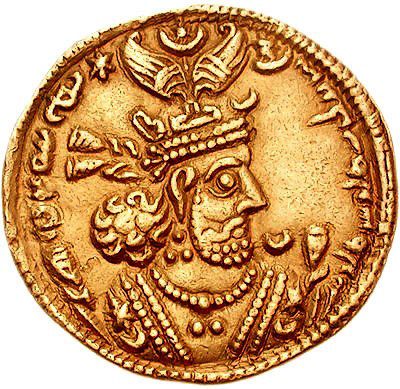The last Sasanian King is Khosrow II. He was the last great King of the Sassanian Empire. He was reigning from 590 to 628 CE. Captured Jerusalem in 614 CE following a three weeks siege. Ancient sources claim 57,000 or 66,500 people were slain there; another 35,000 were deported to Persia, including the Patriarch Zacharias.
Last Sasanian King: A Wave of Destruction in the Holy Land
Many churches in the city were ruined by Khosrow II, including the Church of the Holy Sepulchre was burned, and numerous relics; including the True Cross; the Holy Lance; the Holy Sponge; were carried off to the Persian capital Ctesiphon. The loss of these relics was thought by many Christian Byzantines to be a clear mark of divine displeasure.
Some blamed the Jews for this misfortune and for the loss of Syria in general. There were reports that Jews helped the Persians capture certain cities. Furthermore, the Jews tried to slaughter Christians in cities that the Sasanians had already conquered, but were found and foiled from doing so. These reports are likely to be greatly exaggerated and the result of general hysteria.
Recovery of the True Cross
The True Cross that was taken by Khosrow II, was recovered by Heraclius. So that’s why Heraclius was long remembered favorably by the Western church for his reputed recovery of the True Cross from the Persians. As Heraclius approached the Persian capital during the final stages of the war, Khosrow II fled from his favorite residence, Dastagird near Baghdad, without offering resistance.
On my private tours of Jerusalem, I take my guests to the Byzantine sections of the Church of the Holy Sepulcher. And there you can actually see what is according to Christian tradition an actual relic of the True Cross. Also, there is the Chapell of Helena; where according to tradition Helena the mother of Constantine found the Cross of Jesus.


